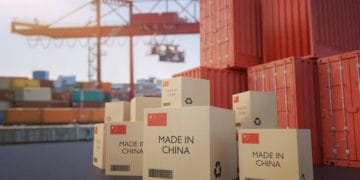A recent reduction in tariffs on Chinese goods entering the U.S. has prompted a surge in business activity, as companies attempt to take advantage of the limited-time opportunity. Despite the lower tariffs—now at 30%, down from 145%—experts caution that consumers may not experience significant relief in terms of prices or product availability.
The revised tariff rates follow a meeting in Geneva earlier this month between senior officials from the United States and China. The outcome was a mutual agreement to lower tariffs on each other’s goods for a 90-day period while broader trade discussions continue. However, the temporary nature of the deal has created urgency among importers.
Businesses are expediting orders and shipping products at a premium in hopes of maximizing savings before tariffs potentially rise again. These added logistical and production expenses, coupled with higher raw material costs and factory surcharges, are dampening the benefits of the reduced tariffs. Andrew Rader, managing director at supply chain consultancy Maine Pointe, noted that Chinese production costs are climbing due to increased overtime pay, factory bonuses, and rising prices of key materials such as plastics and metals.
Some factories are also increasing their minimum order quantities, requiring businesses to take on larger inventories and incur higher storage costs. As a result, companies importing from China are seeing overall manufacturing costs rise by 15% to 25%, even before accounting for transportation fees and the current 30% tariff. These elevated costs are expected to trickle down to consumers, although not always in the form of direct price hikes.
Businesses often absorb part of the increase to stay competitive, according to Andy Tsay, professor at Santa Clara University’s Leavey School of Business. Still, consumers may notice impacts in less obvious ways, such as limited product availability or longer restocking times. With the future of the tariff agreement uncertain, both businesses and consumers may continue facing financial pressure and supply disruptions even under the current reduced-rate structure.
#TariffUpdate #GlobalTrade #SupplyChainNews #ImportCosts #ConsumerImpact

















